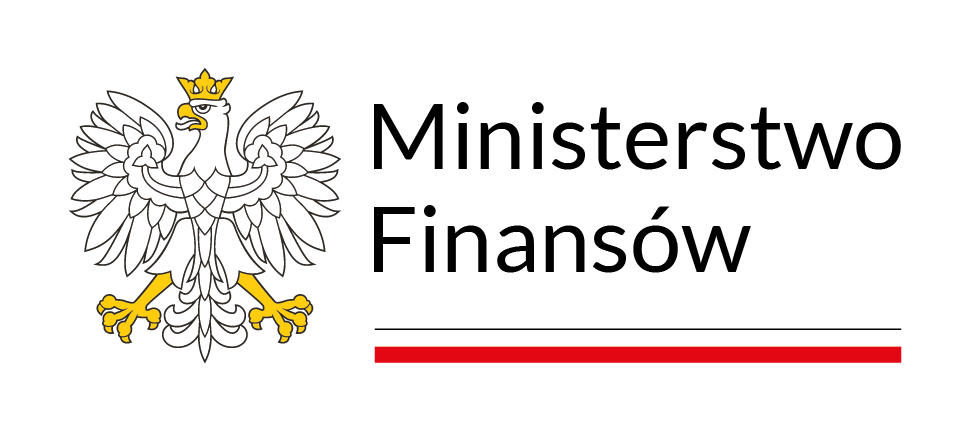No 37-2019, K. Konopczak: Can inaction account for the incomplete exchange rate pass-through? Evidence from threshold ARDL model
Liczne badania empiryczne wskazują, iż reakcje cen na zmiany kursu walutowego są mniej niż proporcjonalne (niepełne). W niniejszym badaniu weryfikacji poddana została hipoteza, zgodnie z którą uzyskiwane w literaturze wyniki można wyjaśnić nieaktywnością cen w odpowiedzi na małe zmiany kursu, w którym to przypadku niepełny mechanizm transmisji byłby jedynie artefaktem wynikającym z oparcia badań na zbyt restrykcyjnej liniowej metodyce. W tym celu zaproponowany został progowy model ARDL, stanowiący rozszerzenie asymetrycznego modelu zaproponowanego przez Shina i in. (2014). Wyniki otrzymane w odniesieniu do polskiego eksportu wskazują na istotne znaczenie znaku oraz bezwzględnej wielkości zmian kursu walutowego dla reakcji cen. Siła tej zależności wynika w znacznej mierze z charakterystyk poszczególnych sektorów, przy czym sektory bardziej zaawansowane technologicznie i bardziej zaangażowane w wymianę międzynarodową są bardziej skłonne lub zdolne do absorbowania zmian kursów walutowych w swoich marżach, stabilizując tym samym ceny na rynkach eksportowych.
Numerous empirical studies suggest that the responses of prices to exchange rate movements are muted, i.e. the exchange rate pass-through is incomplete. In this study we investigate whether this result can be explained by inaction to small changes in the exchange rate, in which case the incompleteness would constitute merely an artefact introduced by the linear specification of the pass-through equation. To this end we extend the non-linear ARDL framework of Shin et al. (2014) by allowing for threshold reactions, specifically in the form of a ‘band of inaction’. The results obtained for Polish industry show significant sign- and size-dependence in the sensitivity of export prices to exchange rate movements, but only in a few cases they fully account for the incompleteness of the pass-through. The tendency for inaction is to a large extent determined by industry’s characteristics, with sectors more technologically advanced and more involved in international activities, more willing or able to absorb exchange rate movements in their markups, thereby stabilising their prices in the destination markets.
Materiały
MF Working Papers No 37-2019MF_WP_No_37-2019.pdf 1.32MB
- Ostatnia modyfikacja:
- 10.07.2019 09:24 Paulina Gronek
- Pierwsza publikacja:
- 10.07.2019 09:24 Paulina Gronek
